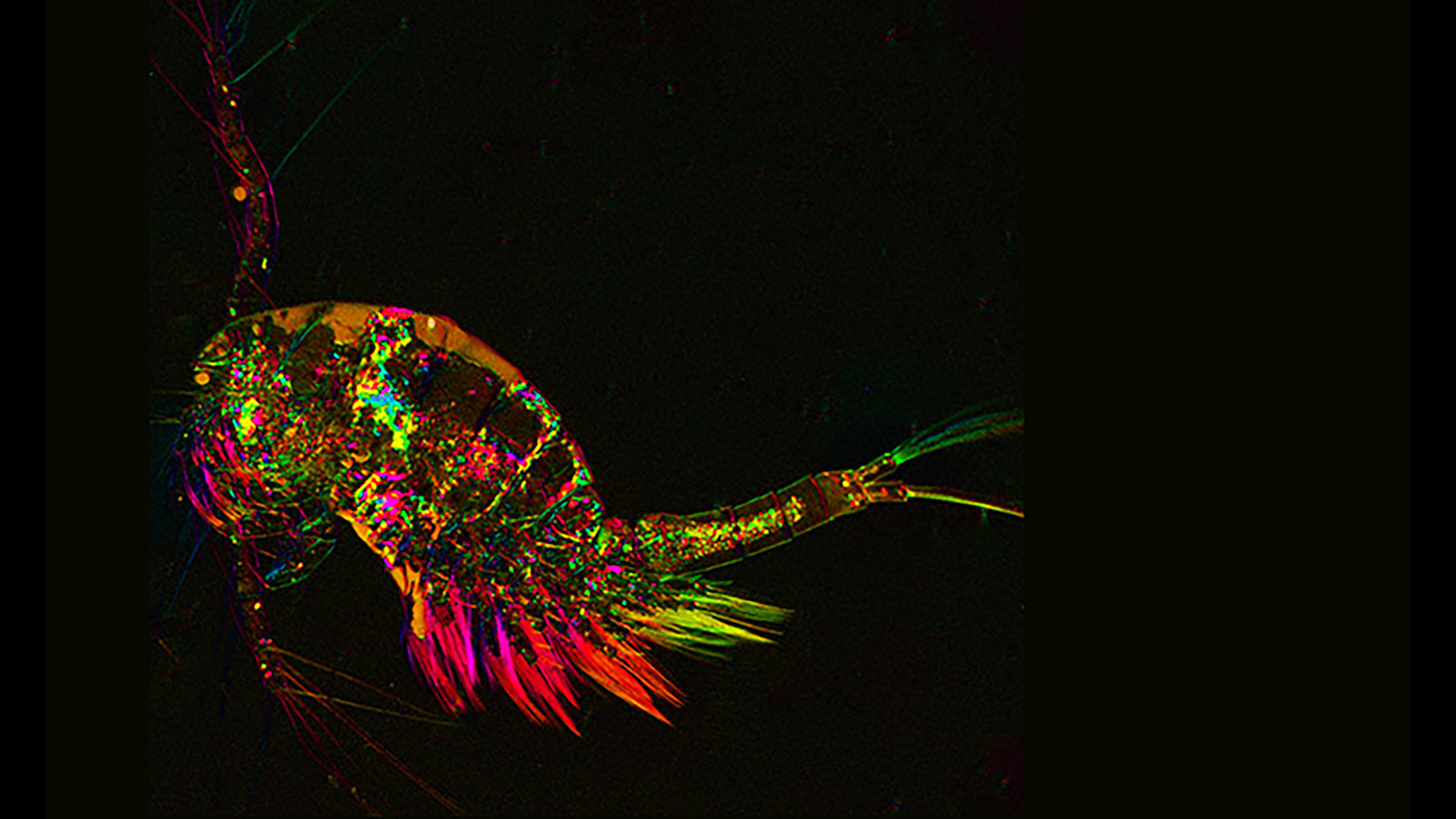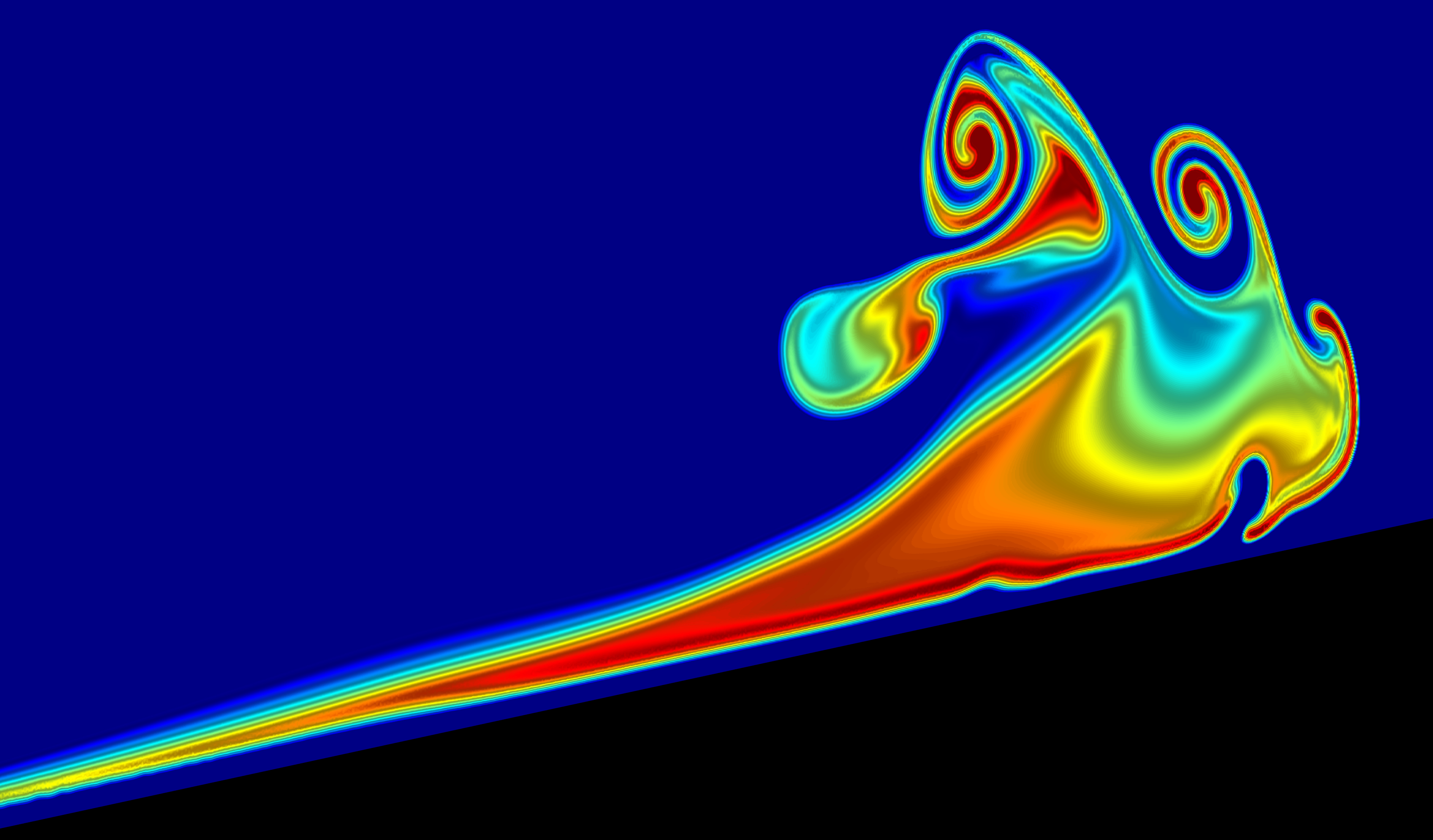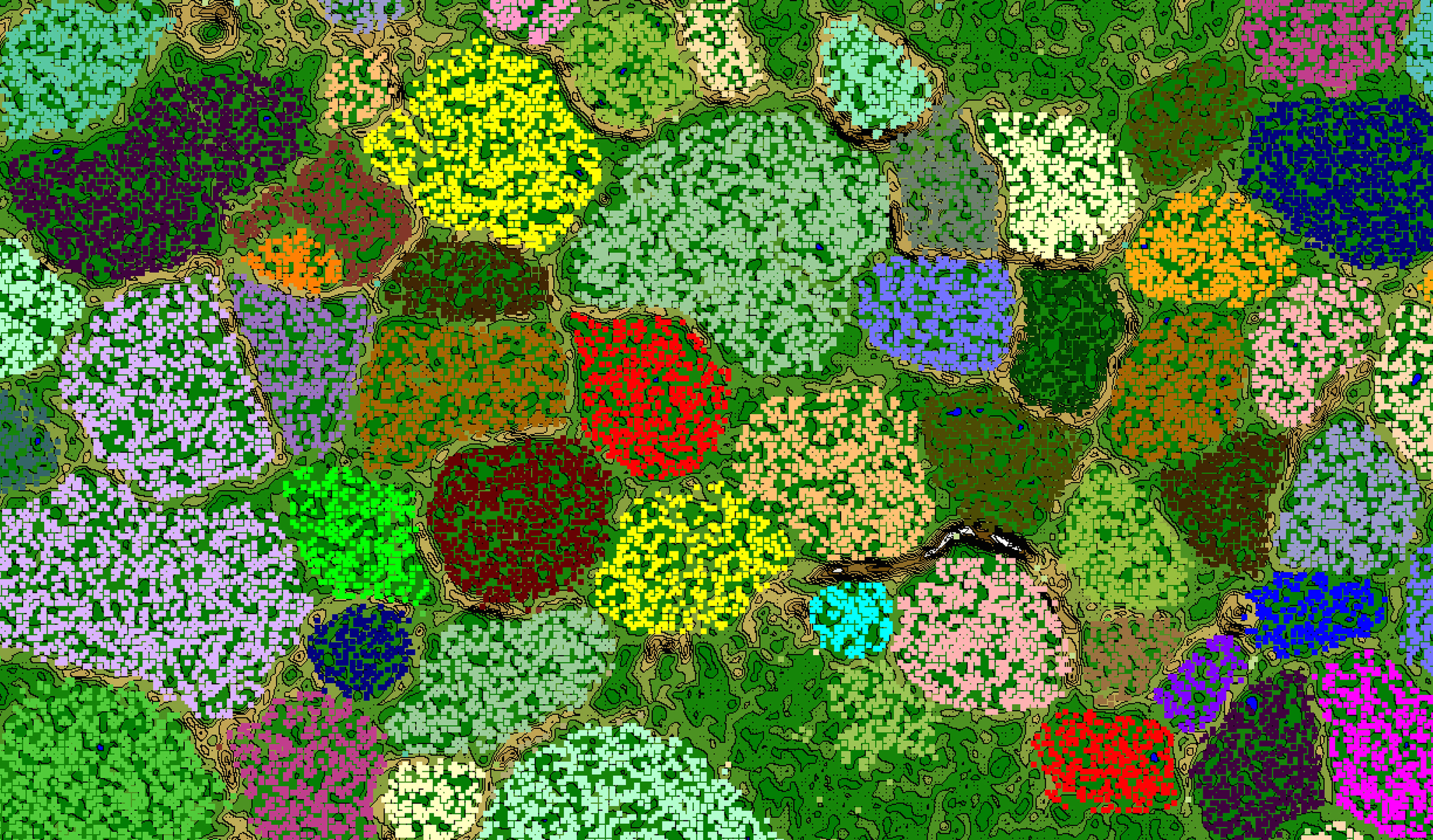News: Marine Science
Read the latest news from the College of Natural Sciences at The University of Texas at Austin
Discovery of New Microbes Sheds Light on How Complex Life Arose
New findings support a hypothesis that complex life, including humans, first arose from the merger of simpler life forms.

The Mighty Copepod
These teeny shrimp-like critters at the bottom of the ocean food web seem totally unimportant.

Visualizing Science 2016: Beautiful Images From Researchers in CNS
As part of an ongoing tradition, this past spring we invited faculty, staff and students in the College of Natural Sciences community to send us...

UT News
Genetic Potential of Oil-Eating Bacteria from the BP Oil Spill Decoded
Microbiologists led by Brett Baker have discovered potential in bacteria that helped to clean up the BP oil spill.

Scientists Unveil the Most Comprehensive Genomic Tree of Life
Genetic data reveal a group of bacteria that are so diverse genetically that they represent half of all the diversity of bacteria on the planet

Visualizing Science 2015: Beautiful Images From College Research
As part of a continuing tradition, we invited faculty, staff and students in the College of Natural Sciences community to send us images this past...

Visualizing Science 2014: Beautiful Images From College Research
This past spring, we asked faculty, staff and students in the College of Natural Sciences community to send us images that celebrated the extraordinary beauty...

